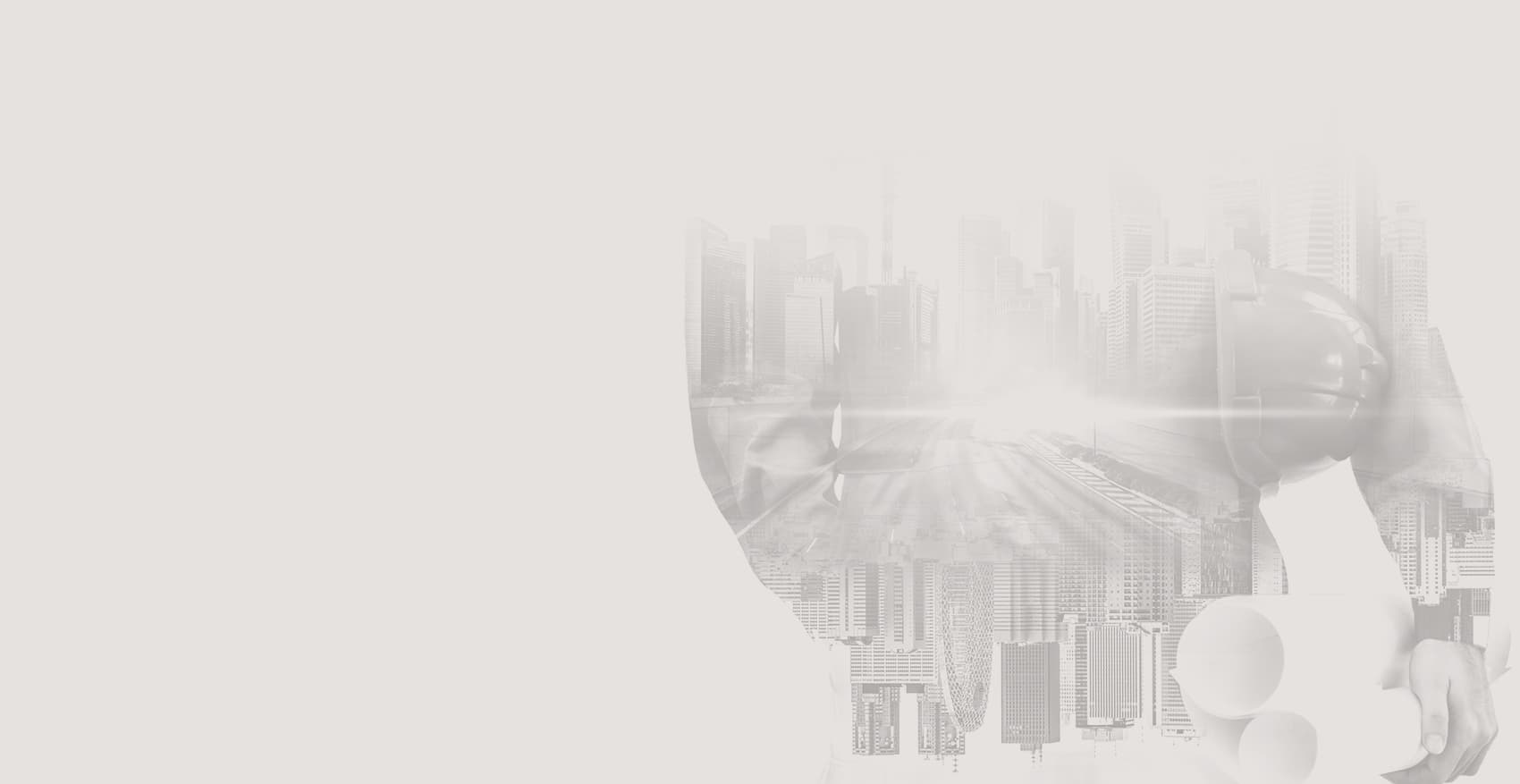
Leading Developers in Dubai
Capital Associated Building Contracting is a construction company in Dubai, UAE.
Our extensive experience in the construction industry has established us as an essential partner in shaping Dubai's spectacular skyline and contributing to its rapid growth.
Capital Associated Building Contracting in Dubai focuses on providing exceptional construction solutions while maintaining the highest levels of customer service and creativity. Our diverse portfolio comprises commercial buildings, residential towers, industrial facilities, and infrastructure projects. Each project demonstrates our knowledge and experience as an elite construction company in Dubai.
Document Control
MESSAGE
Leading Dubai's Property Evolution
Loading services...
Driven by Expertise, United for Excellence
Loading team members...
Elite Team of Engineers, Architects & Designers in Dubai
At Capital Associated Contracting, we are recognized as an elite construction company in Dubai, with a highly skilled team of engineers, architects, interior designers, and project developers. Our multidisciplinary team brings extensive experience across commercial, residential, and high-end fit-out projects throughout the UAE. Each expert is dedicated to delivering creative, efficient, and unique solutions custom to meet our client's vision. From architectural design and engineering consultation to project execution and turnkey delivery, we uphold the great standards of quality, precision, and professionalism. As one of the trusted construction companies in Dubai, our team's collaborative approach provides seamless project delivery with a focus on original, soid, and long-term value for our clients in UAE, Dubai.
Industry Insights & Innovations
The blog explores the latest in construction, architecture, engineering, and interior design in Dubai and across the UAE. As one of the leading construction companies in Dubai, we share expert knowledge from our team of engineers, architects, interior designers, and property developers, offering valuable content that informs, educates, and inspires. Whether you're a client, investor, or design enthusiast, our blog explores the future of urban development, cutting-edge construction solutions, and the artistry behind building iconic structures. Stay connected with the region's top voices in elite construction and design — and discover how innovation continues to shape Dubai's skyline.
Page 1 of 7 (40 total blogs)
Loading blogs...
Partner with one of the leading construction and development companies in Dubai. Let's Build the Future — Together.